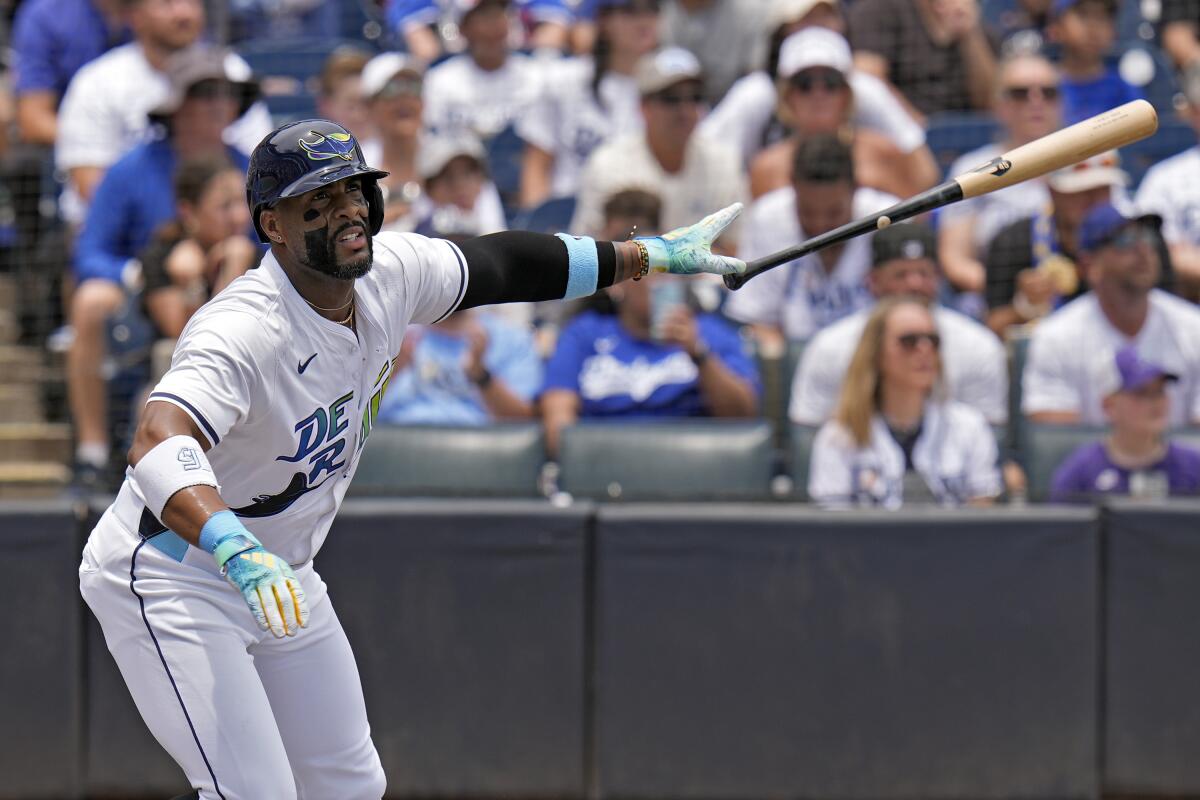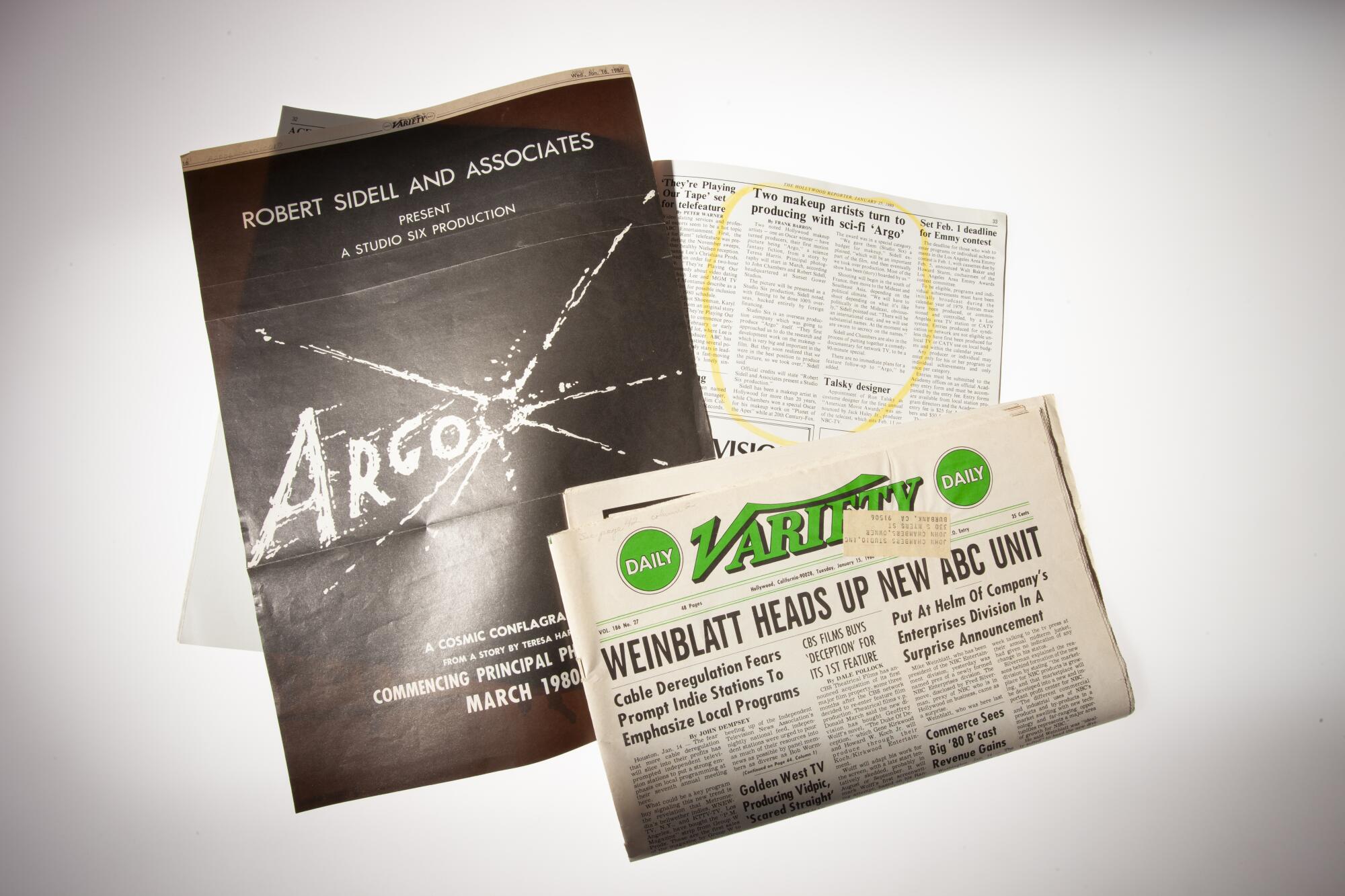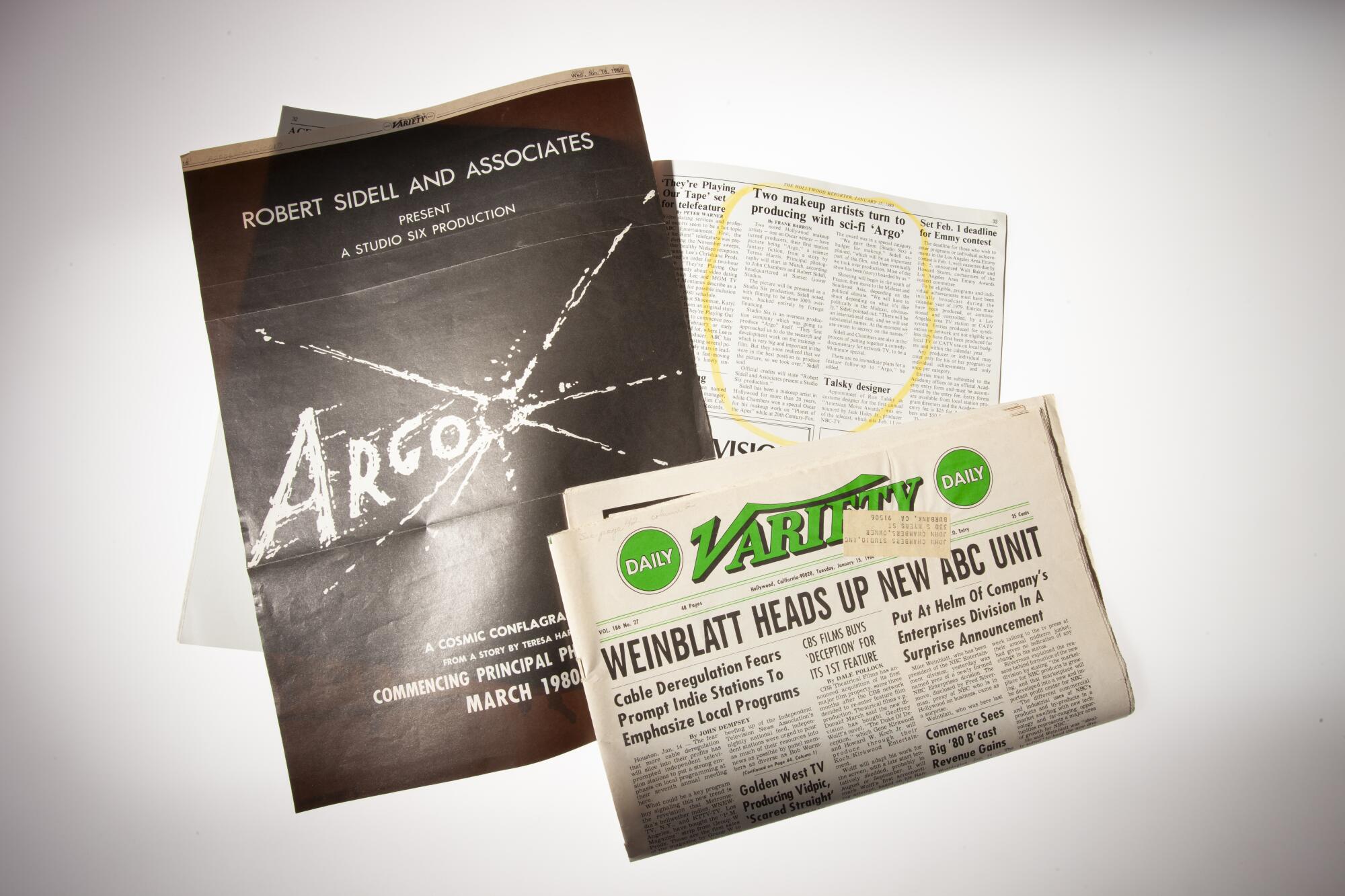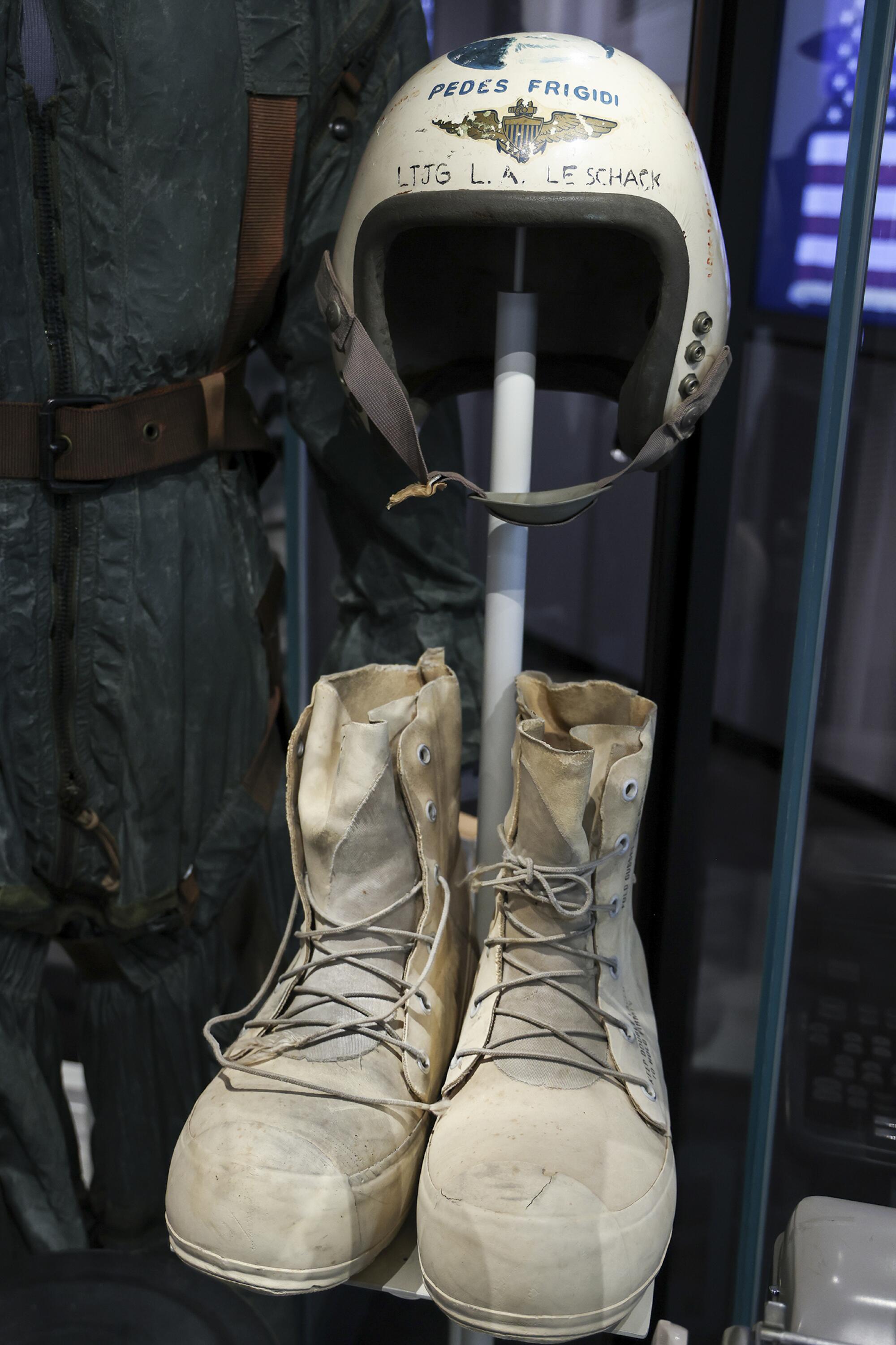How the Dodgers saved Shohei Ohtani, not the other way around
PHILADELPHIA — On the mound, he self-destructed in a second inning that nearly placed the game out of his team’s reach.
In the batter’s box, he struck out four times for only the seventh time in his career.
A two-way player for the first time in a postseason game, Shohei Ohtani didn’t save the Dodgers on Saturday night.
Instead, Ohtani was the one being saved in a 5-3 victory over the Philadelphia Phillies in Game 1 of their National League Division Series.
He was saved by Tyler Glasnow, Alex Vesia and Roki Sasaki, who combined to shut down the lethal Phillies lineup over the last three innings.

He was saved by a two-run double by Kike Hernández in the sixth inning that reduced their deficit to 3-2.
He was saved by a three-run blast by Teoscar Hernández in the seventh that moved them in front, 5-3.
Ohtani said in Japanese of Hernandez’s go-ahead homer: “It was a wonderful moment. I think it was the kind of moment that made you think, ‘This is the postseason.’”
The victory cleared a path for the Dodgers to defend a World Series title that once felt indefensible. By stealing the road win necessary to advance, the Dodgers have taken control of this best-of-five series against the Phillies, who could be the greatest obstacle in their World Series defense.
The Dodgers should have the edge in starting pitching over the next two games, as Blake Snell is scheduled to start Game 2 on Monday and Yoshinobu Yamamoto Game 3 on Wednesday at Dodger Stadium.
If a fifth game is required to decide this NLDS, Ohtani will be able to pitch on six-days’ rest.
Who could have imagined the Dodgers would be in this position after a game in which Ohtani staggered through a three-run second inning that left him looking as if he was eaten alive by the notoriously hostile Citizens Bank Park crowd?
“He’s not always going to be perfect,” Roberts said.
That being said, Roberts was quick to point out Ohtani’s contributions.
How after that brutal second inning, Ohtani pitched four scoreless innings to keep the Dodgers within striking distance. How Ohtani showed bunt and stepped out of the batter’s box in his ninth-inning at-bat as part of a plan to buy more time for Sasaki to warm up to close the game.
Ohtani sounded particularly proud of how he struck out NL home run king Kyle Schwarber for the third out of the fifth inning. The Phillies stranded two runners.
“I think it might have been a scene that decided the direction of the game,” Ohtani said.
The Dodgers scored two runs in the next innings and three in the inning after that.
“To kind of look at the at-bats that he took tonight and how he struggled offensively, but to separate that and just be a pitcher and weather that [second] inning and to go out there and give us six innings and keep us in the ballgame, I just don’t know any human that can manage those emotions,” Roberts said.
The comeback was necessary because of a second inning that started with a walk by Alec Bohm. Midway through the at-bat of the next hitter, Brandon Marsh, the Citizens Bank Park crowd started to taunt Ohtani.
Sho-hei!
Sho-hei!
Marsh singled. Ohtani responded by reaching back and throwing a 100.2-mph fastball over the heart of the plate to J.T. Realmuto, who launched a rocket into right-center field.
Heavy-footed right fielder Teoscar Hernandez failed to cut off the ball, which skipped to the outfield wall. Bohm and Marsh scored.
Realmuto reached third and scored two batters later on a sacrifice fly by Harrison Bader.

Just like that, the Dodgers were down, 3-0.
This was not the start envisioned by the Dodgers, who set up Ohtani to be the star of this series.
The Dodgers didn’t send Ohtani to the mound in either of their two games of the previous round against the Cincinnati Reds.
By starting Snell and Yamamoto in the wild-card series, the Dodgers were able to save Ohtani for Game 1 of their series against the more formidable Phillies.
The Dodgers entered the NLDS reveling in the history about to be made by Ohtani, the most valuable player as a designated hitter last season back in the October spotlight to pitch in the postseason for the first time.
“I think as he takes the mound for the bottom half [of the first inning], I’m going to take a moment just to appreciate him doing something unprecedented,” Roberts said before the game.
President of baseball operations Andrew Friedman went as far to make the case that Ohtani was underrated.
“I just don’t think the human brain can comprehend what he does and how difficult it is and how he is elite at both,” Friedman said. “The passion he has for hitting and the passion he has for pitching, it doesn’t seem like there’s enough passion to go around, but there is with him.”
Ohtani didn’t pitch last season as he was recovering from an elbow operation he underwent in 2023. Friedman recalled the diligence with which he rehabilitated.
“It wasn’t just about pitching for him,” Friedman said. “It was about pitching really well.”
Ohtani didn’t pitch really well on Saturday night, but he will have a chance to pitch really well in the days and weeks ahead.
His team gifted him the opportunity.








